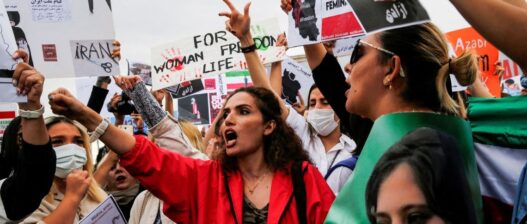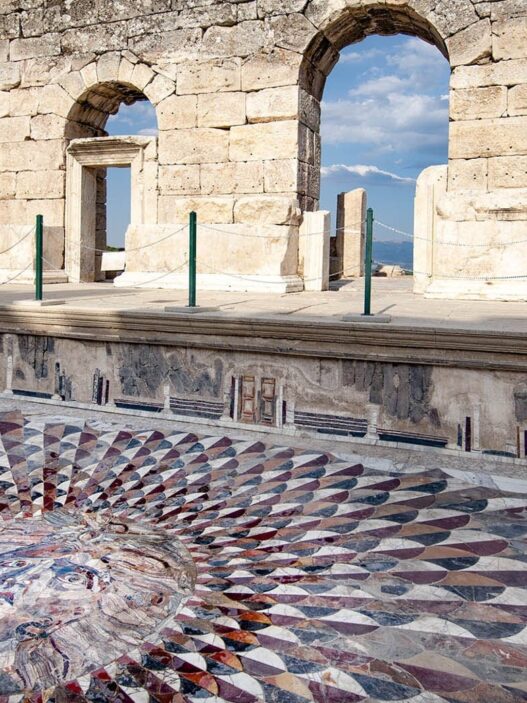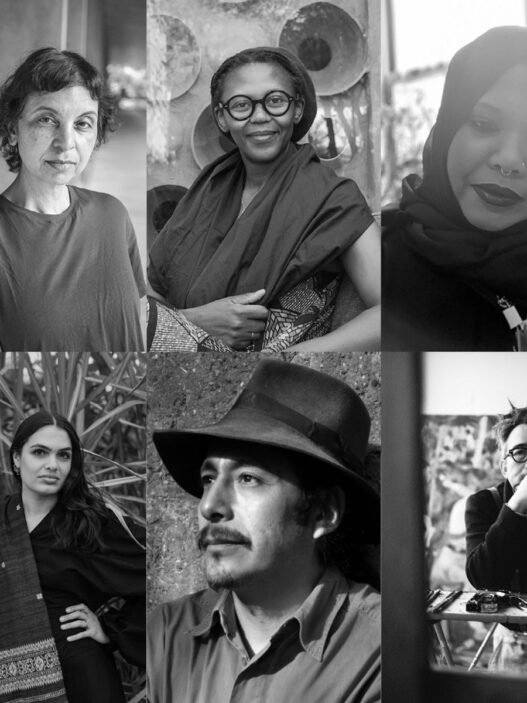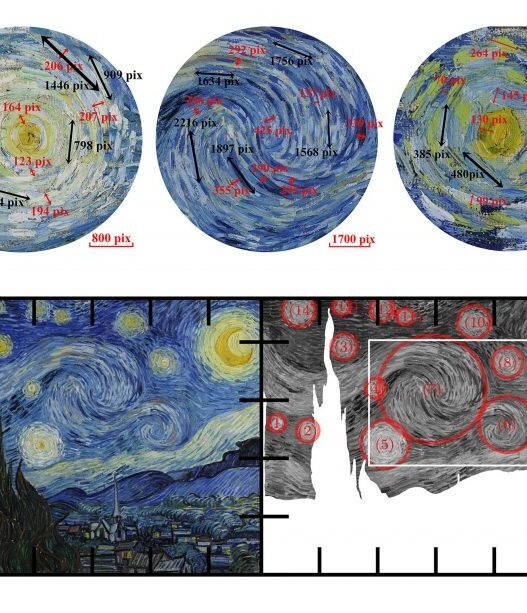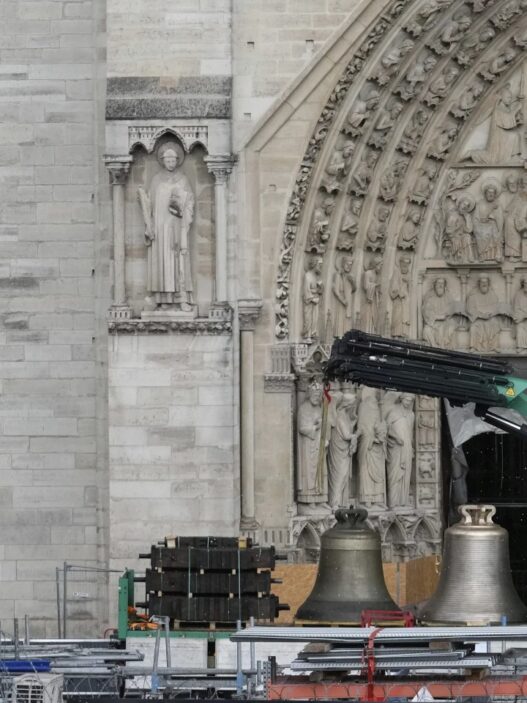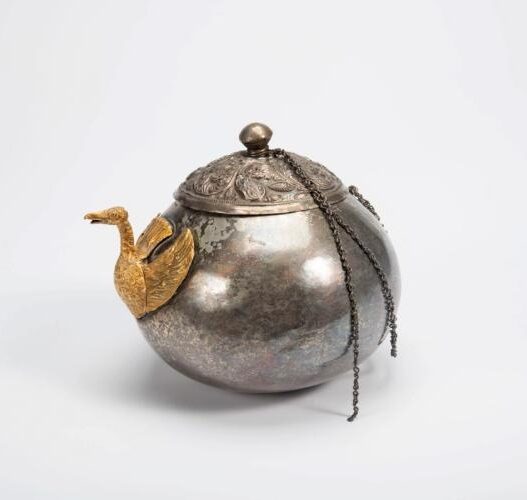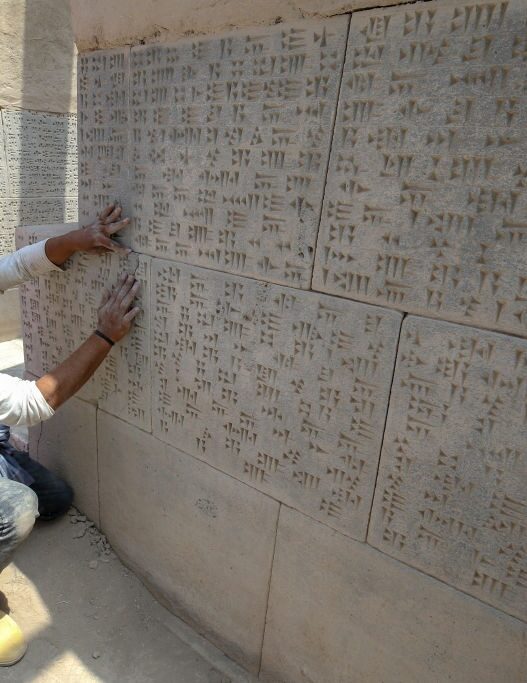A recent report by the New York-based human rights organization Artistic Freedom Initiative (AFI), in collaboration with Voices Unbound (VU), calls on the Iranian government to stop persecuting artists involved in the Woman, Life, Freedom movement. The report, I Create, I Resist—Iranian Artists on the Frontline of Social Change, sheds light on the repression faced by artists and activists following the death of Mahsa Amini in 2022, which sparked widespread protests in Iran and beyond.
The Woman, Life, Freedom protests began after Amini, a 22-year-old woman, died under suspicious circumstances while in the custody of Iran’s morality police for allegedly violating hijab regulations. Her death fueled mass demonstrations across Iran, leading to a severe government crackdown in which over 500 protestors lost their lives, according to the Human Rights Activists News Agency.
AFI and VU’s report emphasizes that Iran’s Ministry of Culture and Islamic Guidance has intensified its efforts to suppress artistic expression, especially after September 2022. It documents numerous cases where artists were arrested, censored, or surveilled for supporting the Woman, Life, Freedom movement. According to the report, Iran’s government formed a “Celebrity Task Force” tasked with monitoring and punishing influential artists who publicly supported the protests.
Suppression of Artistic Freedom
The report delves into the various tactics the Iranian government has used to stifle artistic freedom. These include censorship, the monitoring of artists through surveillance, and the targeting of cultural figures. Prominent artists like Jinos Taghizadeh, who fled to Canada in 2022 after participating in protests, are featured in the report. Taghizadeh stated that Amini’s death struck a collective nerve among Iranians due to the widespread experience of arbitrary arrests and police brutality in the country.
One of the most striking elements of the report is its inclusion of 26 artworks created in response to Amini’s death, including a mural depicting Iran’s leaders with red paint symbolizing the bloodshed caused by the government. These pieces serve as a testament to the role that artists have played in opposing the regime and amplifying the voices of those affected by state violence.
International Pressure and Recommendations
AFI and VU urge the international community to continue putting pressure on the Iranian government. They also call on countries to provide asylum and humanitarian visas to artists, cultural workers, and others fleeing persecution for their involvement in defending human rights. The report’s recommendations include enacting laws to protect the rights and freedoms of women and minorities, prohibiting gender, ethnic, or religious discrimination.
The Role of Art in Social Movements
This report highlights the significant role of art in social and political movements. It shows how Iranian artists have used their creative platforms to challenge the state and advocate for human rights. By blending fact and fiction, and drawing on historical and cultural narratives, these artists bring attention to the struggles faced by their communities.
The government’s efforts to silence these voices only underscore the power that art has to influence public discourse. As AFI and VU point out, Iran’s crackdown on artists is not just an attack on individuals but a broader attempt to control the cultural and social narrative in the country.









